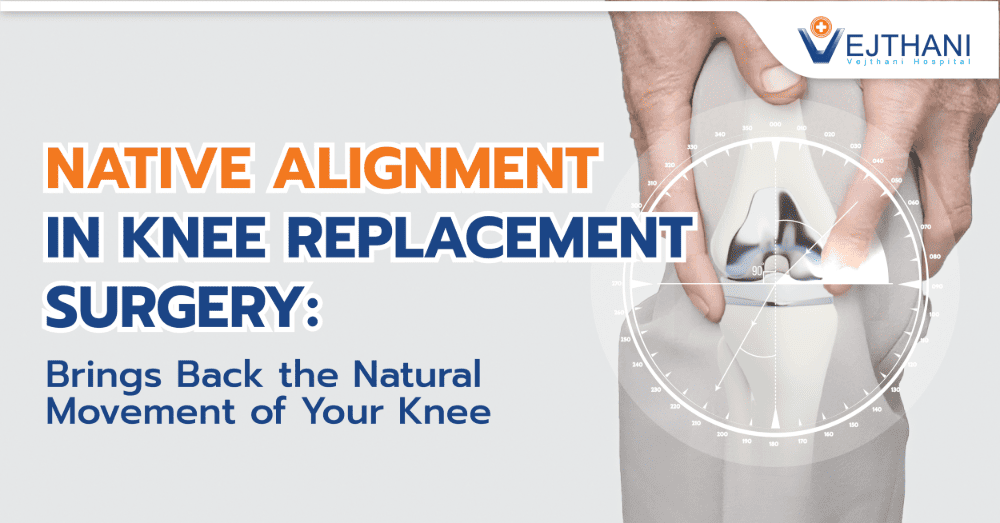
Single-port surgery
Overview
Single-port surgery is a procedure that involves a minimally invasive technique performed through just one incision, often at the belly button or abdomen, using a single-port robotic system. This approach is associated with reduced pain and quicker recovery compared to traditional minimally invasive methods.
Introduced clinically in September 2018, single-port robotic surgery has become common in medical centers globally for various procedures. It is utilized by specialists in fields like urology and ear, nose, and throat, offering excellent results, faster recovery, and higher patient satisfaction.
Types
Different surgical approaches are chosen based on factors like the surgeon’s expertise, your specific condition, and overall health:
- Open surgery: This method involves a large incision, leading to more extensive tissue cutting.
- Minimally Invasive Surgery (MIS): This technique uses smaller incisions, resulting in faster recovery and less pain. Laparoscopic and robotic surgeries fall under this category.
- Traditional Laparoscopic/Robotic Surgery: Multiple small incisions (three to five) are made, through which instruments are inserted to perform the procedure, such as kidney removal.
- Single-Port Robotic Surgery: Only one small incision is made, and a single-port robot is used to conduct the entire surgery through this single-entry point.
Reasons for undergoing the procedure
Those who qualify for robotic surgery are often suitable candidates for single-port surgery, with a few exceptions. Individuals who may not be ideal for traditional robotic surgery—such as those with a history of multiple major abdominal surgeries, severe pulmonary or cardiac conditions, or morbid obesity—might still be candidates for single-port procedures. Your overall health and the specifics of your condition will guide your surgeon in choosing the most appropriate method.
Single-port surgery has been applied to various procedures, including:
- Kidney surgeries: Nephrectomy (kidney removal), donor nephrectomy, kidney transplantation, and pyeloplasty (repair of blockage between kidney and ureter).
- Prostate surgeries: Prostatectomy.
- Cystectomy: Removal of the bladder.
- Urinary tract reconstruction.
Risk
The single-port technique is more challenging than traditional laparoscopy or robotic surgery because it restricts the surgeon’s range of motion, as all instruments are inserted through a single entry point.
Before the procedure
Generally, the following guidelines for laparoscopic or robotic surgery includes:
- Avoid eating, drinking (including water), or smoke after midnight the night before surgery.
- Wear low-heeled shoes on the day of surgery to prevent falls, as anesthesia may make you drowsy.
- Avoid wearing jewelry, though you may keep your wedding ring on.
- Wear loose-fitting clothing to accommodate post-surgery abdominal tenderness and cramping.
- Remove any nail polish before the procedure.
During the procedure
Single-port robotic surgery is performed as follows:
- You will be administered a general anesthetic to relax your muscles and manage pain throughout the procedure.
- The surgeon creates a small incision in the abdomen or near the navel. They then inflate the abdomen to improve visibility of the organs.
- Through this incision, the surgeon inserts the robot equipped with a camera and necessary instruments to carry out the surgery.
- The duration of the surgery varies based on the specific type of procedure.
After the procedure
After the surgery, you will typically be monitored in a recovery room for about an hour, followed by a period of observation in the outpatient surgery unit.
You should arrange for someone to drive you home and stay with you for 24 hours, as you will be unable to drive yourself.
Patient are recommended to follow all discharge instructions, including those related to activity restrictions and scheduling follow-up appointments.
Outcome
Single-port surgery, which utilizes just one incision, offers several benefits, including minimal scarring and potentially fewer complications compared to traditional open and even standard laparoscopic abdominal surgeries.
The following advantages of single-port surgery are:
- You might qualify for single-port surgery even if you are not a candidate for traditional laparoscopic or robotic methods.
- Multiple procedures can be performed simultaneously through the same incision. For instance, both prostate and partial kidney removal can be accomplished through one incision rather than requiring separate surgeries or incisions.
- Patients often experience less pain with single-port surgery.
- Pain relief usually does not require narcotics.
- You might be able to go home the same day as your surgery.
- Recovery is typically quicker, allowing you to return to your regular activities soon after the procedure.
- The cosmetic outcome is favorable, with scars from the surgery being almost invisible, such as an umbilical incision three weeks after a single-port nephrectomy (kidney removal).
Three weeks after a single-port nephrectomy (kidney removal), the umbilical incision typically results in minimal scarring. With an expert surgeon, you can usually resume normal activities within two to four weeks; however, follow your doctor’s advice on timing.
Recovery from single-port surgery is generally quicker than from open surgery, but it’s crucial to allow adequate time for healing.
Your surgeon might recommend single-port surgery for various conditions affecting different body parts. Before leaving the surgery center, confirm with your care team when to contact them and when to seek emergency care.
Contact your healthcare provider if you experience:
- Changes in urination, such as frequent urination or altered urine color.
- Swelling in the legs, lower back, or face.
- Elevated blood pressure.
- Persistent nausea or vomiting.
- Mental confusion or brain fog.
Contact Information
service@vejthani.com






















